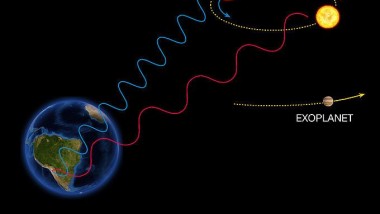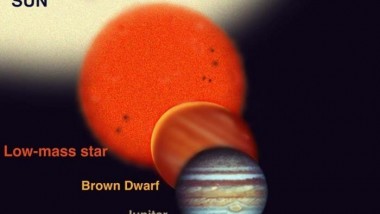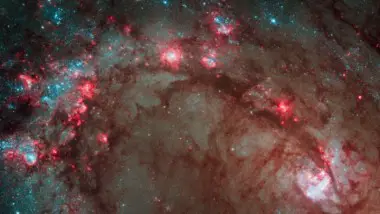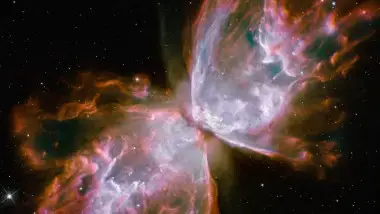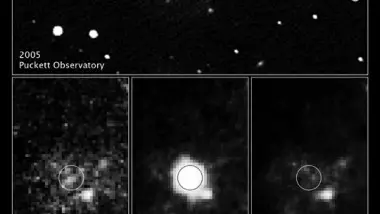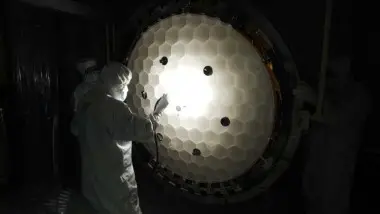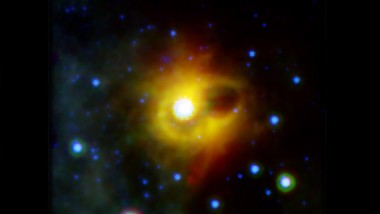The Radial velocity method (Credit: European Southern Observatory) A recent discovery might have located a nearby solar system with up to five planets, one of them could be in just the right distance from its star to hold liquid water ...
Brown Dwarf Found Orbiting a Young Sun-Like Star
An international team of astronomers has recently captured the image of a new star, a very young brown dwarf. They discovered a unique, rare phenomenon: the proximity between the brown dwarf and its enormous stellar companion is as close as ...
Star Birth in M83, the Southern Pinwheel
NASA has recently reported the birth of a new star, captured by the new camera installed on the Hubble Space Telescope. The image is the most detailed view of star birth ever made. This rare phenomenon occurred in the graceful, ...
Black Holes in Star Clusters Stir Time and Space
Astronomers at the University of Bonn’s Argelander-Institut fuer Astronomie have recently published a study that suggests novel techniques to simulate the movement of black holes in star clusters, providing a new method to detect the merging of black holes. Their ...
Butterfly Emerges from Stellar Demise
This celestial object looks like a delicate butterfly. But it is far from serene. What resemble dainty butterfly wings are actually roiling cauldrons of gas heated to more than 36,000 degrees Fahrenheit. The gas is tearing across space at more ...
How Supergiant Stars Lose Mass
Two teams of astronomers, one from the Max Planck Institute for Radio Astronomy in Bonn, Germany, and one from the Paris Observatory, France, have recently used the European Southern Observatory’s Very Large Telescope to study Betelgeuse, the second brightest star ...
Huge Supernova Baffles Scientists
Scientists from the Weizmann Institute of Science in Israel and San Diego State University have observed an explosion of a star 50 times larger than the sun. In what they call a “first observation of its kind” the scientists were ...
NASA’s Kepler Telescope Launched Successfully
At precisely 10:49 p.m. EST, NASA’s “Kepler” telescope was successfully kicked off into space, embarking on a mission that the agency says “may fundamentally change humanity’s view of itself.” The telescope will search the nearby region of our galaxy for ...
Pipsqueak Star Unleashes Monster Flare
On April 25th, 2008, NASA’s Swift satellite picked up the brightest flare ever seen from a normal star other than our Sun. The flare, an explosive release of energy, packed the power of thousands of solar flares theoretically, was visible ...
Strange Ring Found Circling a Dead Star
NASA’s Spitzer Space Telescope has detected an unusual ring of material surrounding the magnetic remains of a blasted star. The stellar ‘corpse’, called SGR 1900+14, belongs to a class of objects known as magnetars, which are the cores of massive ...

